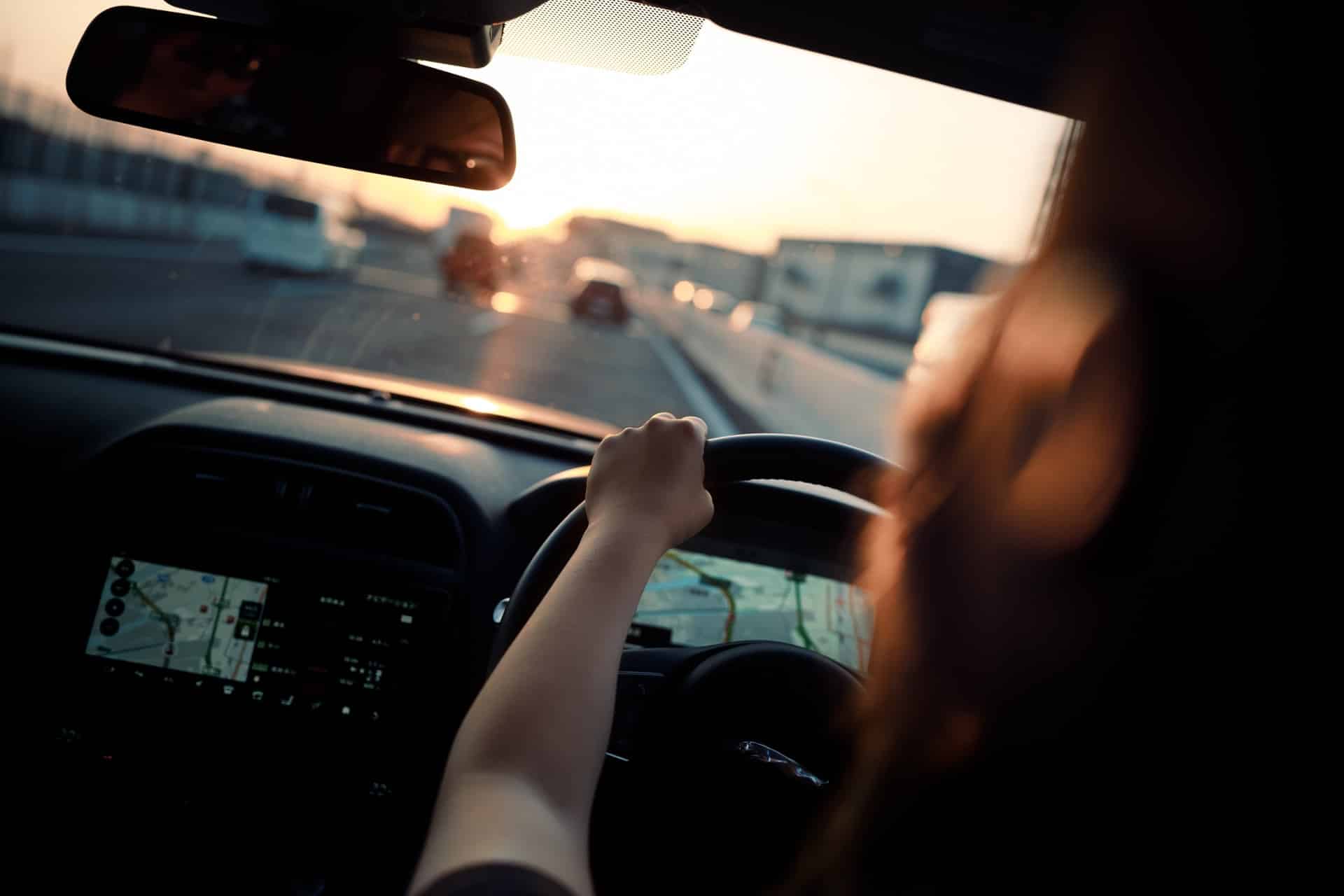Technology is an integral part of our lives, and its purpose should be to make our lives easier. After all, we can access most of the knowledge of the world with a few taps on a smartphone. We have sophisticated kitchen gadgets to make cooking meals faster, and most of us have some form of an electronic assistant in our homes.
The rapid growth of technology is mind-boggling. From self-driving cars and other automated machinery to hoverboards and e-cigs, technology is creating an entirely new arena of personal injury law. When the technology fails and a person is injured or property is damaged, personal injury attorneys have an arduous job in determining who is liable.
IMAGE: UNSPLASH
Technology Is A Big Cause For Distracted Driving Car Accidents
Drivers distracted by technology is one of the most common ways that technology, injuries, and law intersect. When a distracted driver causes the auto accident, it is almost always the driver’s fault. There is little precedent for finding the makers of technology liable for the irresponsible use of said technology.
Proving that distraction caused the accident can be a challenge. Personal injury attorneys can subpoena phone records to see if the phone was in use at the time of the accident, but Bluetooth devices and even GPS can also lead to accidents.
Commercial Semi-trucks
Accidents involving a semi-truck are far too common. State and Federal regulations have sought to make big-rigs safer by enacting numerous rules and regulations regarding safety and operational standards. However, like any car wreck, it can often be challenging to prove the cause of an accident.
Technology, created in part to answer the demand from insurance carriers, has created a solution to determining the cause of most crashes. Almost all semi-trucks now have black boxes similar to those used in aviation.
These black boxes provide invaluable information in the event of a wreck involving a truck equipped with the module. Data stored in the module include:
- Acceleration rate
- Braking
- Speed
- Length of time the truck has been driven between stops
- Idle time
- Fuel consumption
- Engagement of the seatbelt
- If the airbag deployed
The black box, or Event Data Recorder (EDR), captures information that can help a crash investigator determine if the driver was violating state or federal regulations at the time of the crash. Trucking companies are also using other means of technology to promote safe driving.
Transportation Companies Are Using Technology To Promote Safe Driving
Forward-facing cameras in commercial trucks have long been an industry standard. Companies, insurers, and drivers favor them because they can help prove the innocence of a driver in a crash. Rear-facing cameras have been more controversial.
Drivers have voiced strong opposition to rear-facing cameras in their truck cabs. Drivers believe they are an invasion of privacy, but many transportation companies are installing them despite strong opposition. Rear-facing cameras help determine if distracted driving or falling asleep at the wheel, contributing to a crash.
Satellite tracking has become another popular technological tool in the trucking industry. All commercial trucks must follow federal laws regarding how many hours the driver can spend operating the vehicle in 24 hours. Satellite tracking automates the logging of these hours and removes the possibility of a driver manipulating a log.
Many satellite tracking systems also give immediate access to fault codes, improving maintenance of the vehicle, and creating a log of needed maintenance. Access to this information can help determine if a mechanical failure contributed to a crash.
Who Is At Fault When Technology Contributes To An Injury?
From technology distracting drivers to self-driving car crashes, the answer to who is liable when technology contributes to an injury is far from simple. Determining liability is the first step in getting the compensation you deserve if technology contributed to your injury.
If technology directly caused the injury, the case becomes a product liability issue. Examples of product liability would be the hoverboards that resulted in a house fire that killed two children or e-cigs that have exploded even when being used as intended.
When the misuse of technology caused the injury, the person who was misusing the technology is usually liable. However, technology can and does fail, leading to the potential for an accident. If the failure of the technology contributes to but is not the sole cause of an accident, the legal waters become murkier.
If technology contributed to your injury, you may choose to seek advice from an attorney who can help determine who is liable for the damages. As technology continues to expand and become more autonomous, the legal implications are vast. State and federal courts will need to clarify regulations to meet the rapidly changing role technology plays in everyday life.
If you are interested in even more technology-related articles and information from us here at Bit Rebels, then we have a lot to choose from.


COMMENTS